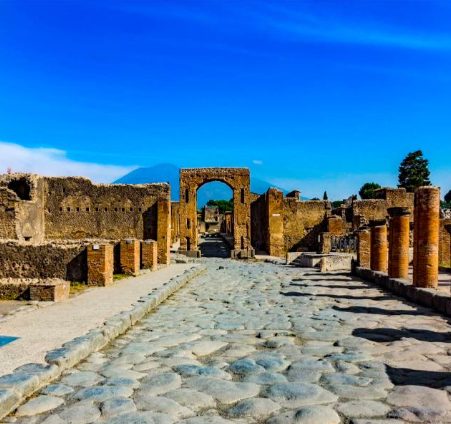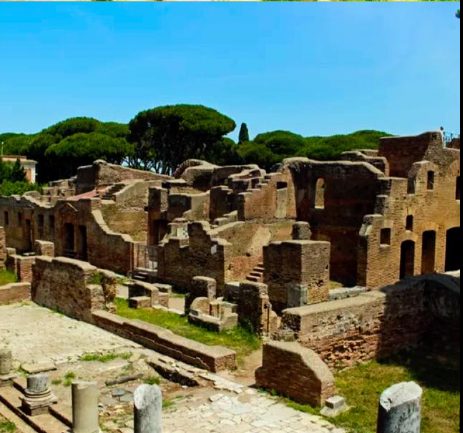
The Romans, renowned for their prowess in engineering and organization, left an indelible mark on history with their extensive road network. Stretching thousands of miles across the vast expanse of their empire, these roads connected regions as distant as Britain to the Middle East. The construction of the earliest known Roman road, the Via Appia, in 312 BC marked the beginning of a monumental infrastructure project that would facilitate trade, military movement, and the spread of Roman culture and governance.
The Via Appia and Beyond:
The Via Appia, often referred to as the Queen of Roads, was a pivotal thoroughfare that linked Rome to the southern regions of Italy. This early marvel of engineering showcased the Romans’ ingenuity in constructing durable and well-planned roads. The success of the Via Appia paved the way for the development of an extensive network that became essential for the functioning of the Roman Empire.
Engineering Marvels:
Roman roads were more than mere pathways; they were engineering marvels. Constructed with a keen understanding of topography, these roads featured carefully crafted surfaces, drainage systems, and durable foundations. The use of materials such as gravel, stones, and mortar ensured the longevity of the roads, many of which are still visible today.
Role in Facilitating Trade and Military Movement:

The Roman road network played a crucial role in facilitating trade and military movement. The efficient transportation of goods and troops across vast distances contributed significantly to the economic prosperity and military dominance of the Roman Empire. The roads allowed for swift and strategic movement of legions, enabling the Romans to maintain control over their expansive territories.
Signs, Markers, and Rest Stops:
To enhance navigation, Roman roads were equipped with signage and mile markers. These features not only assisted travelers but also served administrative purposes, helping in the efficient deployment of resources. Along these roads, one would also encounter a network of state-run facilities, including hotels and way stations.
Horse Changing Stations – “Mutationes”:
Every 10 miles along most routes, travelers would find horse changing stations, known as “mutationes.” These facilities were crucial for imperial couriers and government travelers who needed to cover vast distances at high speed. At these stations, horses or donkeys could be exchanged for fresh mounts, allowing couriers to cover up to 60 miles in a single day.
Roadside Hotels – “Mansiones”:
Approximately every 20 miles, travelers could expect to find roadside hotels, or “mansiones.” These establishments, serving as rest stops, provided basic lodgings for both people and their animals. In addition to accommodation, mansiones offered amenities such as food, bathing facilities, wagon repairs, and even services such as hiring a prostitute.
Conclusion:

The Roman road network stands as a testament to the engineering prowess and organizational skills of the ancient Romans. Beyond serving as transportation arteries, these roads were integral to the functioning of the empire, connecting distant regions and facilitating trade, military operations, and the exchange of culture. The meticulous planning and construction of the roads, coupled with the presence of rest stops like mutationes and mansiones, ensured the efficiency and endurance of this remarkable infrastructure, leaving an enduring legacy that continues to capture the imagination of historians and enthusiasts alike.





